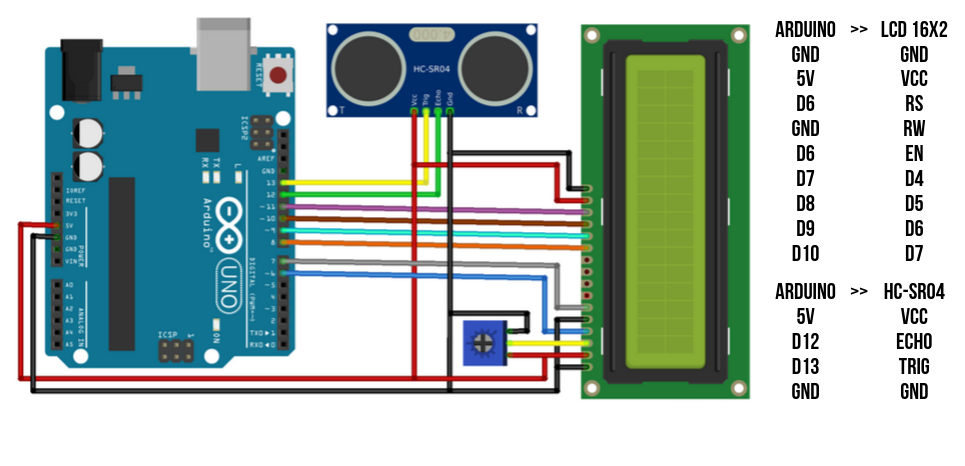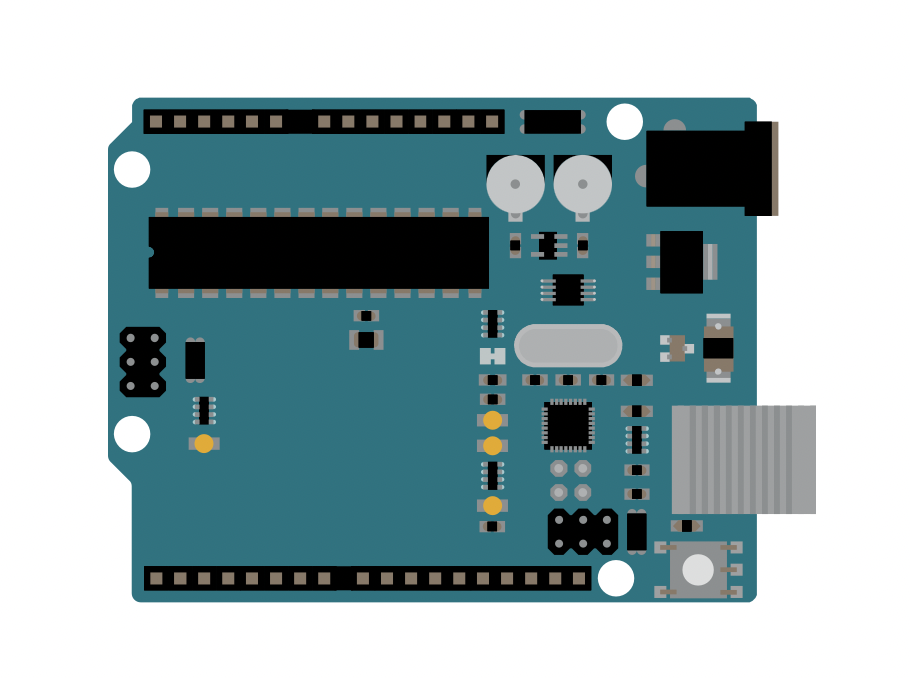Arduino Introduction
What is Arduino?
Arduino is an open-source electronics platform based on easy-to-use hardware and software. Arduino boards are able to read inputs - light on a sensor, a finger on a button, or a Twitter message - and turn it into an output - activating a motor, turning on an LED, publishing something online. You can tell your board what to do by sending a set of instructions to the microcontroller on the board. To do so you use the Arduino programming language (based on Wiring), and the Arduino Software (IDE), based on Processing.
Read more about Arduino here: https://docs.arduino.cc/learn/starting-guide/whats-arduino
Hardware & Software
With Arduino there's 2 mayor sides at work
Hardware
Hardware to work with Arduino generally consists of an Arduino microcontroller (available in different forms such as Arduino Uno, Nano (smaller size), Leonardo (bigger memory) etc. Also hardware components are things we use to measure or translate data into the physical world such as sensors and actuators and other electronic components.
We're working on a separate book for Electronic Components and Sensors
Software
Arduino IDE programming environment. With the software we program certain behaviours of what we want the Arduino to do. This can be reading out sensor data, but also it can be sending controls to motors and other physical moving elements such as solenoids or water/air pumps.
screenshot of a piece code made in Arduino IDE 1.
Starting with Arduino
The Arduino UNO is the best board to get started with electronics and coding. If this is your first experience tinkering with the platform, the UNO is the most robust board you can start playing with. The UNO is the most used and documented board of the whole Arduino family.
Buy an Arduino Uno Board - Kiwi Electronics
What do you want to make with Arduino?
There's different ways of approaching to work and learn Arduino:
Focus on one project at the time
Sometimes, students come to the Blackbox/Lab Pastoe with a clear project in mind and what components to get for it. This way is nice for beginners, because you have a clear goal in mind of what you want to make, and what components and/or sensors you need.
It is very easy for some to get overwhelmed sometimes with the amount of tutorials, projects and sensors that are available. Having one project at the time makes it easier to understand the basic building blocks of both the hardware and software.
Freeform Experiments
Another approach is to rent an Arduino and Grove Sensorboard at the Blackbox/Uitleen and do some freeform experiments.



